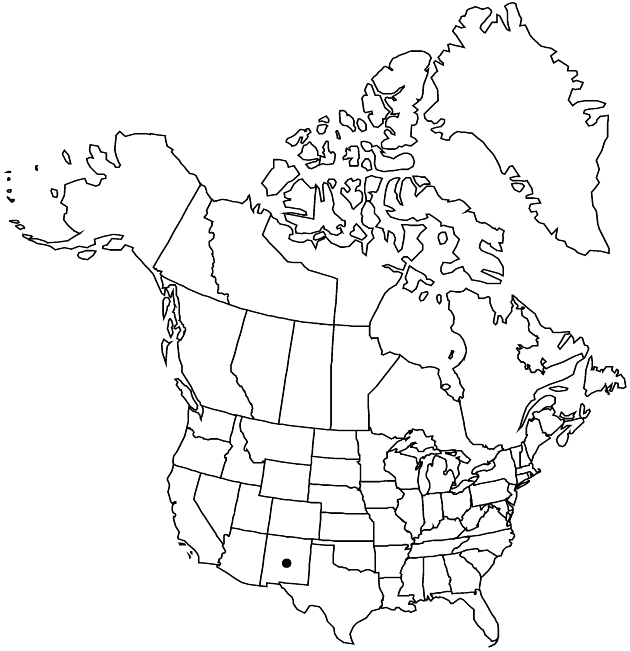Erigeron subglaber
Brittonia 6: 207. 1947.
Perennials, 3–7 cm; taprooted, caudex branches relatively short and thick. Stems erect, glabrous or sparsely strigose, eglandular. Leaves mostly basal (persistent); blades broadly oblanceolate to subspatulate, mostly 20–50 (–60) × 2–6 mm, cauline gradually or abruptly reduced distally, margins entire, sometimes sparsely ciliate, faces glabrous or glabrate, eglandular. Heads 1. Involucres 4–5 × 8–10 mm. Phyllaries in 2–3 series, glabrous, eglandular. Ray-florets 25–35; corollas purplish to lavender, drying bluish, 6–9 mm, laminae spreading, not coiling or reflexing. Disc corollas 2.9–3.6 mm. Cypselae (mature length not observed) 2-nerved, faces sparsely strigose; pappi: outer of setae, inner of 10–16 bristles.
Phenology: Flowering Jul–Aug.
Habitat: Rocky open meadows in subalpine conifer forests, high ridges and peaks
Elevation: 3000–3500 m
Discussion
Of conservation concern.
Selected References
None.
